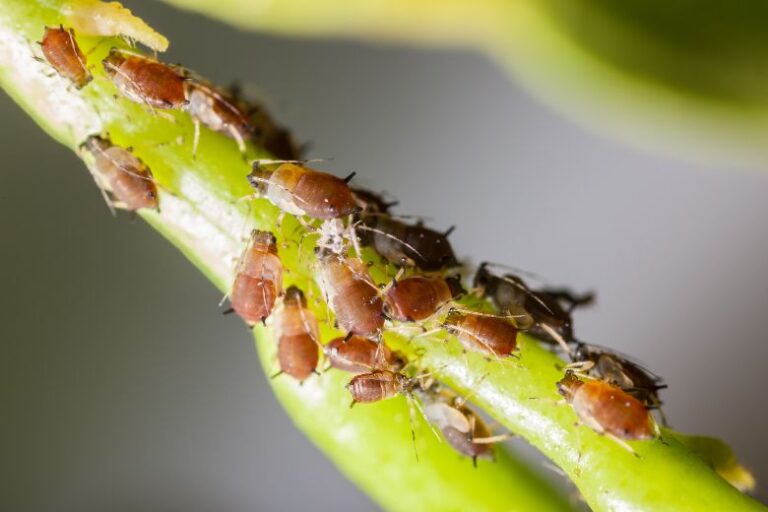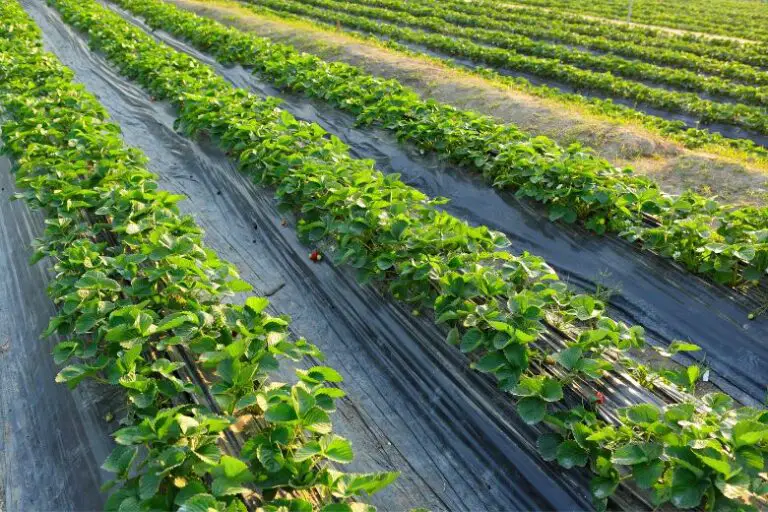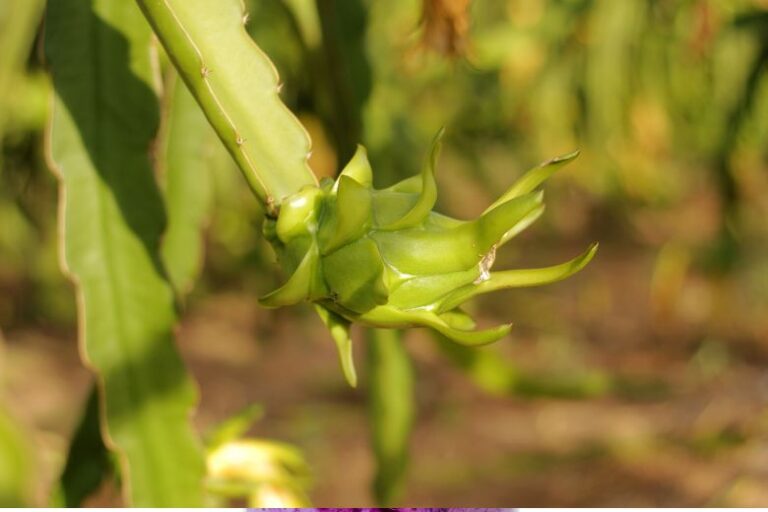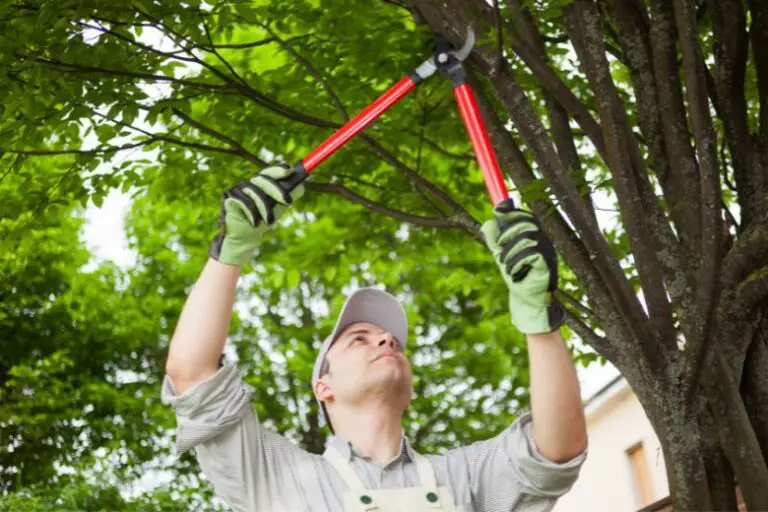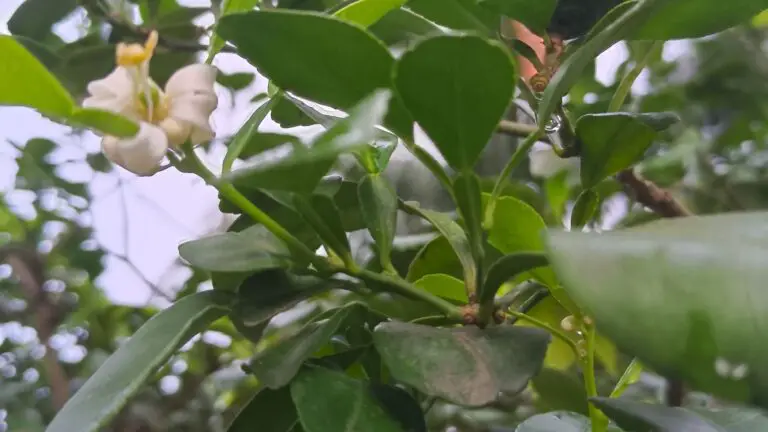When to Plant Strawberries in Zone 8b
Strawberries are a beloved garden treasure, offering a burst of flavor in every bite. To make the most of your strawberry-growing endeavors in Zone 8b, it’s crucial to understand the optimal planting times and methods. Let’s explore the key factors that contribute to a successful strawberry harvest.
Understanding Zone 8b
Zone 8b is characterized by its mild climate with moderate winters and warm summers. This zone provides an ideal environment for growing a wide range of crops, including strawberries. The frost dates and temperature ranges in this zone play a pivotal role in determining the best times for planting.
Selecting Strawberry Varieties
Before you get your hands dirty, it’s essential to choose the right strawberry varieties that thrive in Zone 8b. Some popular choices include Everbearing, June-bearing, and Day-neutral varieties. Each type has its unique characteristics, bearing fruits at different times throughout the growing season.
Preparing the Soil
Healthy soil is the foundation of a successful strawberry patch. Aim for well-draining soil rich in organic matter. A pH level between 5.5 and 6.5 is optimal for strawberry cultivation. Prepare the soil by incorporating compost and ensuring proper drainage to prevent waterlogging.
Spring Planting
Spring is a fantastic time to plant strawberries in Zone 8b. As the weather begins to warm up, usually in late February or early March, the soil becomes workable. Plant your strawberries in raised beds or mounded rows to improve drainage and provide better air circulation.
Fall Planting
Fall planting offers an alternative window for establishing strawberries. Around September to October, when temperatures start cooling down, you can plant strawberries for a head start in the following year’s growing season. This method allows the plants to establish their roots before the onset of winter.
Mulching for Success
Mulching is crucial in maintaining soil moisture, suppressing weeds, and protecting the strawberry plants from extreme temperature fluctuations. Apply a layer of straw or pine needles around the plants, leaving the crown exposed.
Watering and Fertilization
Consistent watering is essential, especially during flowering and fruiting stages. A drip irrigation system can help prevent waterlogged soil and fungal diseases. Fertilize the plants with a balanced fertilizer to provide them with the necessary nutrients for healthy growth.
Pest and Disease Management
Vigilance against pests and diseases is vital. Keep an eye out for common strawberry pests like aphids and slugs. Implement integrated pest management strategies and opt for disease-resistant varieties to minimize the risk.
Pruning and Runner Control
Regular maintenance, such as pruning and runner control, encourages healthier plants and higher yields. Pinch off runners to redirect the plant’s energy into fruit production. Trim dead leaves and runners to maintain good air circulation.
Ensuring Winter Survival
As winter approaches, protect your strawberry plants by mulching heavily with straw. This layer of insulation shields the plants from freezing temperatures and prevents crown damage.
Harvesting Sweet Rewards
The anticipation is over! Your strawberries will be ready for harvesting from late spring to early summer, depending on the variety. Gently pluck ripe berries, taking care not to damage the delicate fruits.
Conclusion
Successfully growing strawberries in Zone 8b requires careful consideration of planting times, variety selection, soil preparation, and ongoing care. By following the guidelines provided in this article, you can enjoy a thriving strawberry garden and savor the luscious fruits of your labor.


